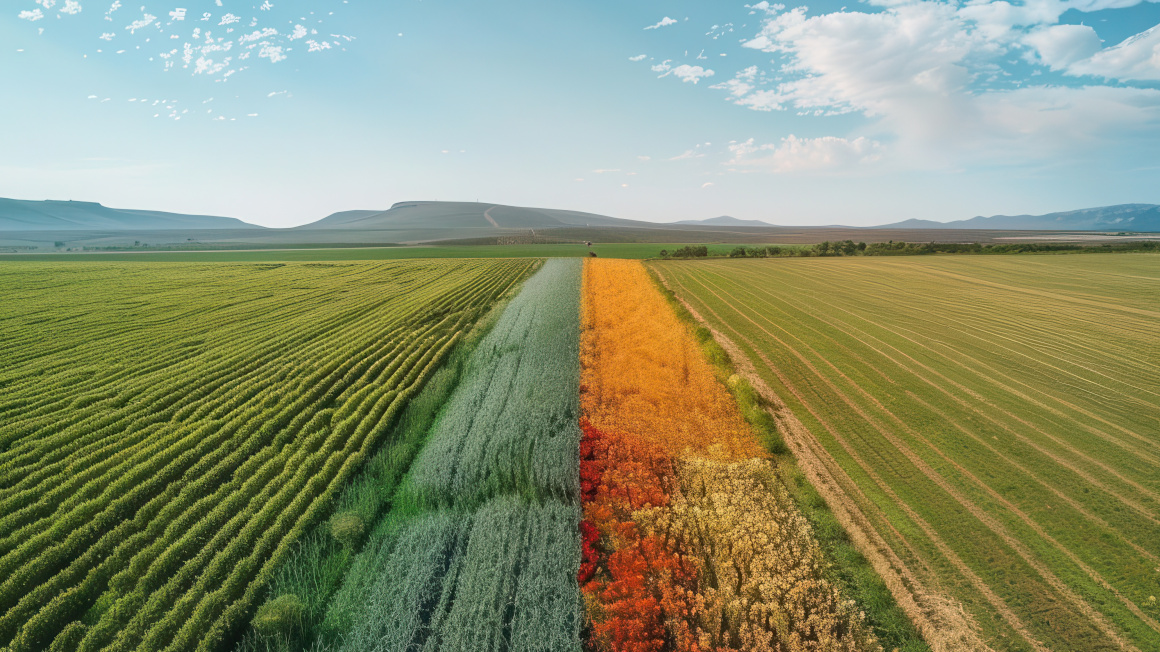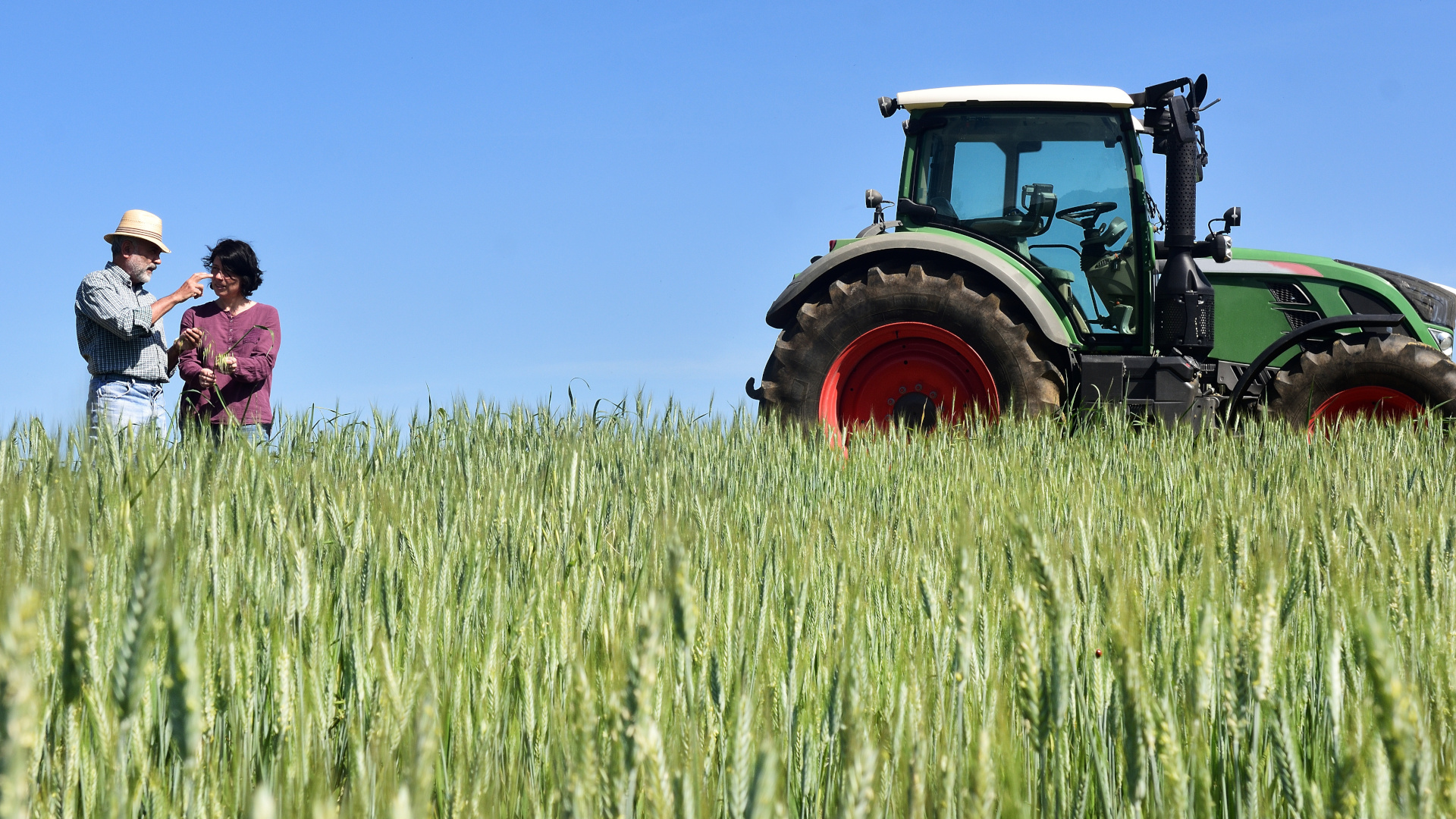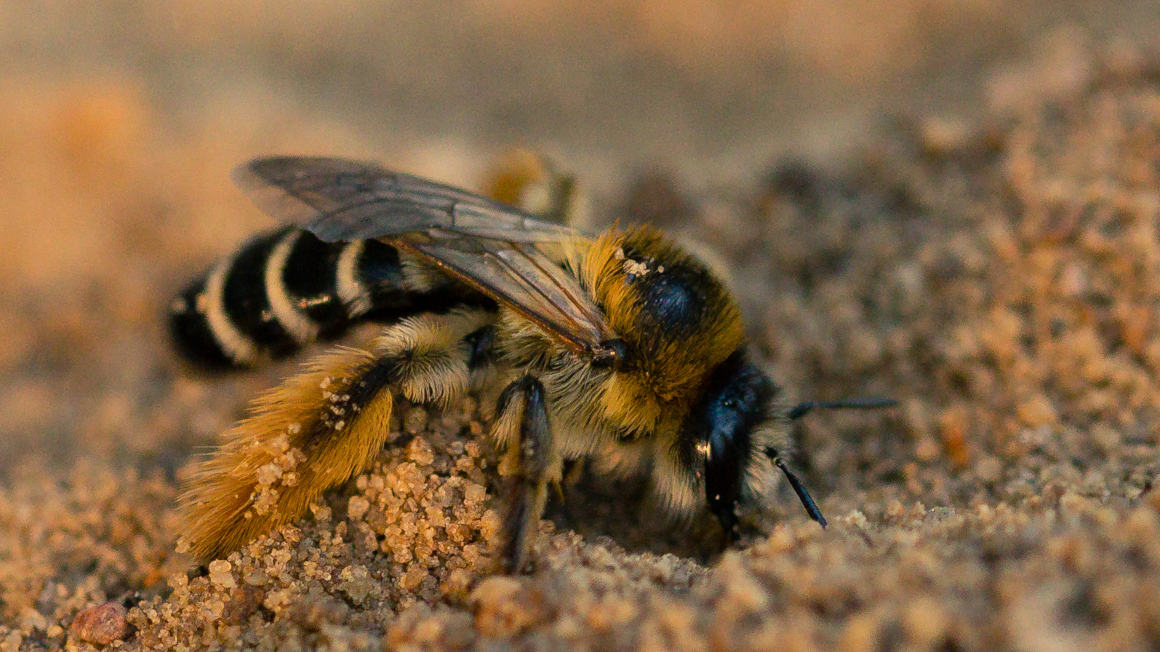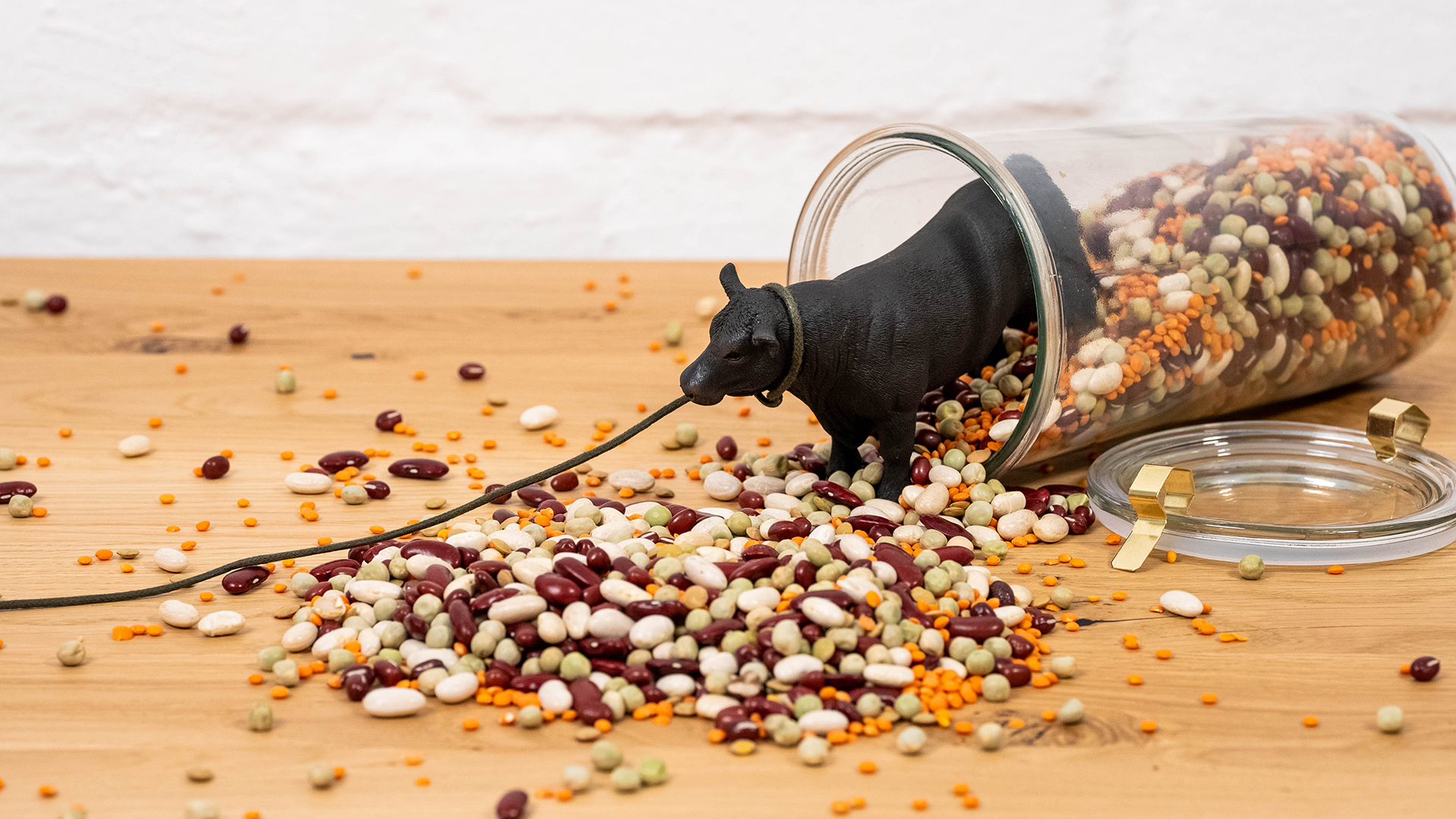Study shows potential of regenerative agriculture
A study by the European Alliance for Regenerative Agriculture shows that regenerative farming can achieve yields that are comparable to or even higher than those of conventional agriculture. It is considered to be the world's largest study of regenerative farming systems carried out by farmers to date.

Regenerative agriculture is becoming increasingly important as it offers both ecological and economic benefits. This agricultural approach specifically promotes the build-up of humus in the soil, which binds carbon, improves soil quality, strengthens biodiversity and enables stable yields. In contrast to conventional agriculture, it regenerates natural ecosystems instead of merely utilising them. A comprehensive European study led by the European Alliance for Regenerative Agriculture (EARA) has now demonstrated the positive effects and potential. It was financed by the EIT Food innovation community.
New measurement index introduced
The study included 78 farms in 14 European countries and covered more than 7,000 hectares of cultivated land. As part of the study, the Regenerating Full Productivity (RFP) Index was developed - a new evaluation standard that holistically records the ecological, climatic and economic performance of farms. Regenerative farms - most of which are fully crop-based - achieved on average only 1% lower calorie and protein yields than conventional farms, but used 62% less synthetic nitrogen fertiliser and 76% less pesticides per hectare. They also had 27% higher RFP, with improvements in soil cover, plant diversity, photosynthetic activity and summer cooling effects in the fields.
Strengthening resilience and food security
The publication of the study results comes at a time of growing economic challenges for European agriculture: the European Commission expects losses totalling 60 billion euros by 2025 - an amount that could rise to over 90 billion euros by 2050. Simon Krämer, Managing Director of EARA and lead author of the study, therefore sees regenerative systems as a promising approach to greater autonomy and climate protection: "We finally have concrete data from real farms that show that regeneration not only works, but also makes economic sense. It is not only possible but also essential to transition the European agri-food sector to regeneration as soon as possible to ensure the resilience of rural areas and food security."
lh


